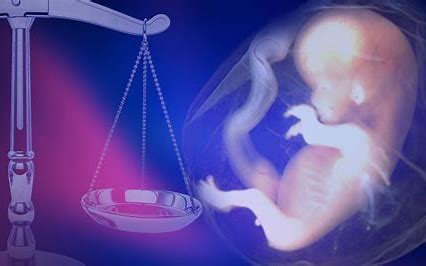
A post-Roe abortion political “revolution” is unlikely
By Michael Barone
The Supreme Court, as this is being written, is hearing oral arguments in the case of Dobbs v. Jackson Women’s Health Organization, challenging Mississippi’s law banning, with a few exceptions, abortions after 15 weeks of pregnancy. There’s a powerful argument that the Court cannot logically uphold this statute, which is less restrictive than most other nations’ abortion laws, without overturning Roe v. Wade, the 1973 case that overturned all 50 states’ abortion laws.
What is the likely political effect of such a decision? Democrats backing abortion rights predict a “revolution” of outraged voters ousting pro-life Republicans in elections for state legislatures and Congress. At least some Republicans are nervous about such a backlash.
To assess what might happen, it’s instructive to look at what was happening in the half dozen years before Roe, the last time that legislatures were free to criminalize or legalize abortion.
At that time, there was a widespread move to liberalize abortion laws, which was successful in 17 states comprising 40% of the nation’s population. Some 65% of Americans lived within two hours’ drive of a state where abortions were legally available.
The strongest constituency in favor of abortion legalization was WASPs, the contemporary term for affluent white Protestants, who in those days mostly voted Republican. Abortion legalization was signed into law in what were then the nation’s two largest states governed by Republican governors, Ronald Reagan (who later regretted his action) and Nelson Rockefeller.
In my home state of Michigan, the leading abortion supporter was the Yale-educated Republican governor William Milliken. The leading abortion opponent was state Speaker William Ryan, a union backer and stalwart Catholic who lived next door to a convent. Backing him was my own state representative, Rosetta Ferguson, whose core constituency was black church congregations. There as elsewhere, the abortion issue cut across party lines.
Today the leading pro-abortion rights constituency is white college graduates, especially women. Many will probably be enraged by an overturning of Roe. But the potential for partisan upheaval is limited, because over the past 50 years, views on abortion have increasingly sorted voters by party lines.
Affluent college graduates since the middle 1990s have trended Democratic — increasingly so since Donald Trump rode down his escalator in 2015. As a result, most of those who might be moved to retaliate against pro-life Republicans have been voting Democratic for years. They may be especially motivated to vote, but affluent college grads are already the most reliable turnout demographic.
You can expect abortion rights activists to stoke fears that a reversal or Roe will criminalize abortion in all 50 states. Of course, serious Democrats know better. In states like New York they have been pushing laws that declare abortions legal until the moment of birth. Overturning Roe simply means that states decide.
Politically, the states where 75% to 80% of abortions have been taking place in recent years, according to figures compiled by the pro-abortion rights Guttmacher Foundation, seem almost certain to make sure abortions are permitted. None seems likely to criminalize the procedure altogether. (It’s also worth noting that pre-Roe abortion bans were almost always enforced against abortion practitioners, not abortion consumers.)
Even states like Texas, whose recent abortion law controversially authorizes enforcement by citizen lawsuits, are unlikely to ban abortion altogether. The large majority of current abortions, as abortion rights supporters often point out, occur before Mississippi’s 15-week time limit. Total abortion bans are likely to be passed only in states where almost no legal abortions are performed already or in the staunchly anti-abortion territory of Guam. Most abortions that are currently legal will remain legal.
Of course, the large number of Americans who believe that access to abortion is one of the rights that should be available will be outraged by even restrictions that have very limited practical effect. They will be free to organize charitable efforts, which may already be ongoing, to help women in such jurisdictions access abortion providers elsewhere.
One interesting fact about the 49-year Roe regime is that abortion has over time become less, not more, common. The abortion rate per number of women in childbearing years peaked in 1980 (41 years ago!) and the absolute number of abortions peaked in 1990, even though the nation’s population has increased since by one-third from 250 million to 330 million.
For many women of a certain age, the “choice” issue has long been a proxy for all the choices they’ve made in their lives contrary to the expectations with which they were brought up. But for younger Americans, abortion may be less the wave of the future than a relic of the past.

Comments (0)